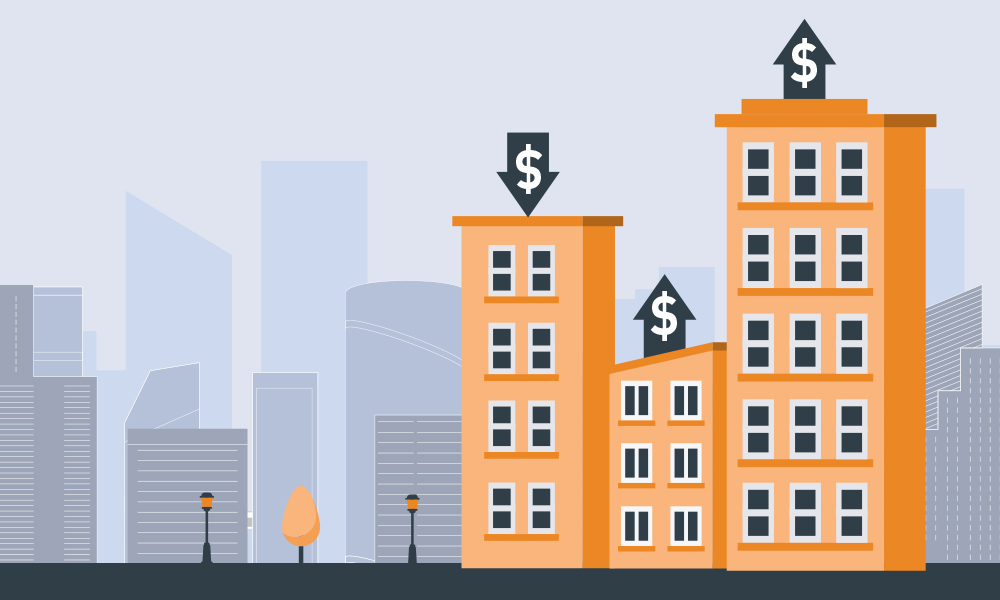What Are Cap Rates And Are They Reliable?
A Capitalization Rate (Cap Rate) is a formula calculating the rate of return of a commercial real estate property and is typically utilized to determine if the property is a good investment, especially when comparing two or more similar properties.
Cap Rate Formula
The Cap Rate formula is simple. You take the Net Operating Income (NOI) and divide it by the property’s price. The NOI is equal to all revenue from the property, minus all necessary operating expenses.
Calculating Cap Rate:
Cap Rate = NOI ÷ Property Price
Sometimes simple isn’t always best. Yes, Cap Rates can quickly show an income-producing property’s profitability, but they don’t give you the whole picture. Cap Rates don’t always take into account things like a property’s potential or hidden costs and repairs. The price is not always an accurate reflection of the property’s intrinsic value.
What’s A Good Cap Rate?
We often hear people ask, “What’s a good Cap Rate?”. Typically, if you are selling, a lower cap rate is good because it means your property’s value is higher, while a high cap rate is good for buyers because it means you should pay less for the property.
In this example, we will show you why the answer to the question “What’s A Good Cap Rate?” is actually: A Cap Rate alone is neither good nor bad. You need to factor in more than just net operating income and property price.
Watch our video on Cap Rates or read the example below.
Example:
Both Building A and Building B are selling for $10 M. Building A produces $500,000 in NOI. Building B produces $425,000 in NOI.
- Building A: $500,000/$10,000,000 = 5% Cap Rate
- Building B: $425,000/$10,000,000 = 4.25% Cap Rate
- Building A seems to be the better investment, doesn’t it?
Let’s do some due diligence on the buildings to see how they really compare. Just like when buying your residential home, you’ll want to know if any repairs are required and factor this into your overall budget.

By adding more information to the equation, you get the intrinsic Capitalization Rate, a more accurate reflection of your investment’s return rate potential.
- Building A: $550,000/$11,400,000 = 4.8% Cap Rate
- Building B: $515,000/$10,100,000 = 5.1% Cap Rate
You can see now that Building B is a better investment.
While this example is a simple one, it demonstrates that looking at Cap Rates in a vacuum does not give you a clear picture of your return rate, and, used alone, is not the best way to evaluate a real estate investment.
At Equiton, we know that a property’s value is more than just its Cap Rate. We have decades of experience evaluating, purchasing, and investing in real estate. We know how to find the intrinsic value in properties, make strategic renovations, and develop revenue-generating amenities that help create wealth for our clients.
Talk to an Equiton team member today to learn more about our funds. inquiries@equiton.com or 905-635-1381.




